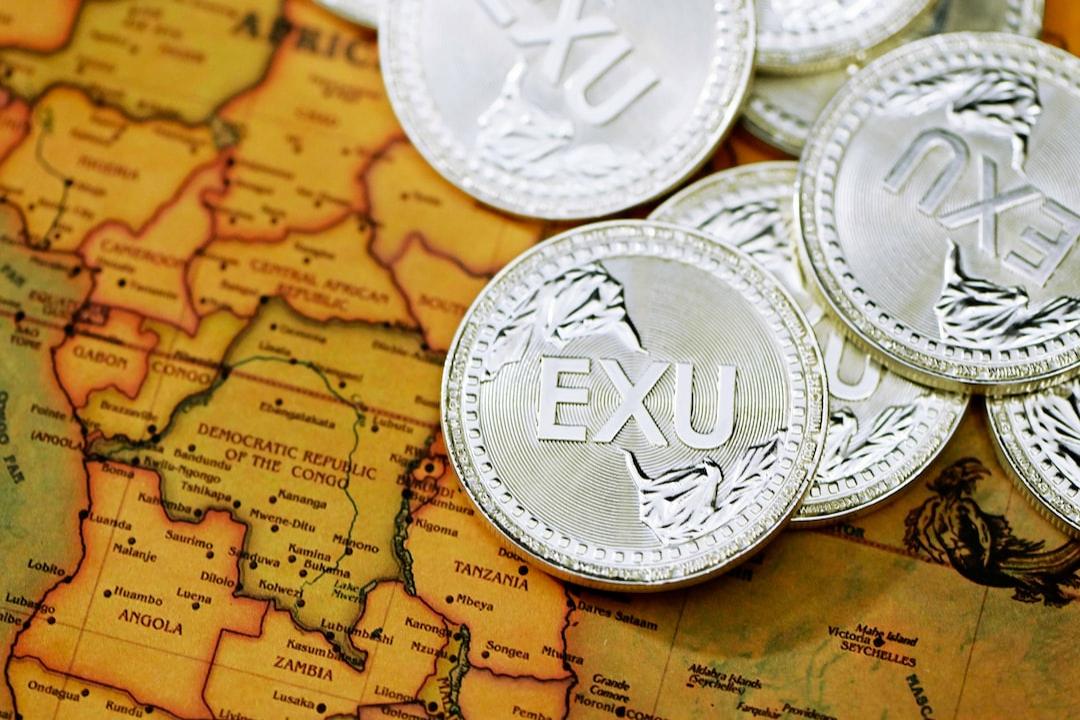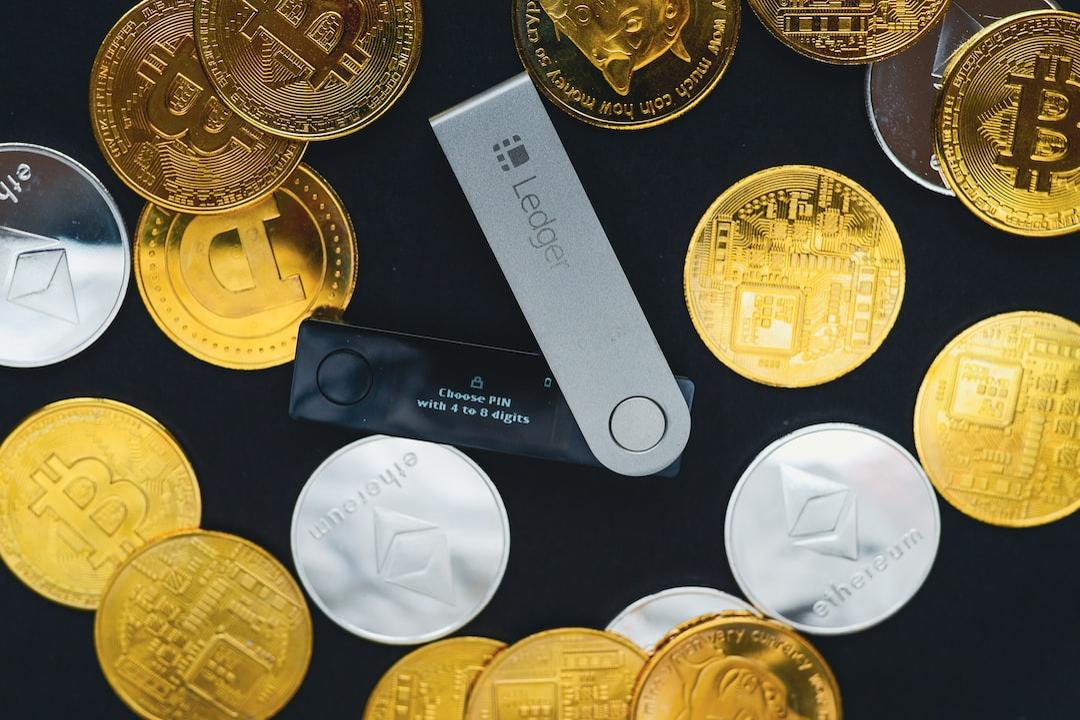“A.I. God” Sells for Over 35 Million NTD
Following the art award given to Midjourney’s work at the Colorado State Fair in the United States for two consecutive years, AI artwork is once again attracting attention. A portrait of computer scientist Alan Turing, drawn by an AI humanoid robot, was recently auctioned for approximately 1.08 million USD (about 35 million NTD).
The artwork, titled “A.I. God,” depicts Turing as the god of AI and was auctioned at Sotheby’s last week. According to information on the website, the estimated price was originally between 120,000 and 180,000 USD, but the final selling price of slightly over 1.08 million USD far exceeded expectations. The auction for “A.I. God” received over 27 bids and was ultimately purchased by an anonymous American buyer.
“Today, the first artwork created by a humanoid robot artist has set a record in the auction market. This is a significant moment in the history of modern and contemporary technology, reflecting the increasing intersection between AI technology and the global art market,” stated Sotheby’s.

“A.I. God” created by Ai-Da, featuring Turing as the subject.
Image / Sotheby’s
Created by a team of 30 people, the robot that painted “A.I. God” is named Ai-Da, taken from the name of Ada Lovelace, a 19th-century British mathematician and recognized as the world’s first computer programmer. Ai-Da’s head is designed to resemble a human female, with short hair, while the limbs remain in their original mechanical form without any modifications.
Ai-Da was jointly developed by contemporary artist Aidan Meller and a team of nearly 30 people. According to information on the official website, Ai-Da is capable of using cameras positioned in its eyes, AI algorithms, and mechanical arms to create artwork. Since its debut in February 2019, Ai-Da’s works have been successfully exhibited and even hosted solo exhibitions, gaining some international recognition.
Ai-Da has also delivered several speeches, including one at the UK’s Westminster Palace to members of Parliament in 2022 and another at the AI for Good Summit organized by the United Nations this year.
The birth of “A.I. God” initially stemmed from Meller’s desire for Ai-Da to create some artworks for the AI for Good Summit and received a suggestion from Ai-Da to paint a portrait of Turing. Turing, hailed as the father of computer science and AI, predicted the development of AI technology as early as the 1950s and designed the “Turing Test” to determine whether AI possesses consciousness.
Although the decision for the subject matter was simple, the actual creative process was quite complex. To paint “A.I. God,” Ai-Da analyzed photos of Turing and created up to 15 different paintings of different parts. Three of these paintings were selected, along with an additional painting of the Bombe (a device used by Turing and other cryptographers during World War II to decipher German codes), which were uploaded to a computer.

Ai-Da has a face resembling a human female, but her hands are exposed as mechanical arms.
Image / Ai-Da
Afterwards, the team used Ai-Da’s model to combine the uploaded data into a new painting, which was then printed on canvas using a 3D printer. The finishing touches were done by an assistant and Ai-Da’s own hand, completing the artwork titled “A.I. God.”
The sale of AI-generated artwork at a high price is not unprecedented. Meller stated that the tremendous response the painting received at the auction exceeded expectations, and he expressed his astonishment during the final moments of the auction. In fact, this is not the first time AI creations have appeared at auctions. According to The New York Times, in 2018, a portrait created by AI was auctioned by Christie’s for approximately 430,000 USD, more than 40 times the initial estimate. Additionally, during the NFT craze, visual artist Refik Anadol released “Machine Hallucinations,” an NFT artwork created using various space photos trained with a generative adversarial network.
The proceeds from “A.I. God” are also expected to be used to improve Ai-Da’s project. Meller revealed that they have invested all resources into this project and continuously improved the robot. A new mechanical arm for Ai-Da’s painting has already been prepared.
Regarding the reason for creating Ai-Da and having her paint, Meller mentioned that the greatest artists in history have constantly struggled with their times, celebrating the changes brought by the era while scrutinizing and questioning them with a critical eye. Ai-Da is an exploration of today’s technological developments as a perfect artist, and her works “continuously question the power of AI and the global competition surrounding it, leading humanity in a certain direction.”
Further reading:
Forcing Carrefour to Adjust Shelves! 18-year-old Meilin Society Transforms Every 6 Years, How to Play “Dynamic Pricing” This Time?
Sources:
The New York Times, CaiXing, Reuters
Editor: Li Xiantai

